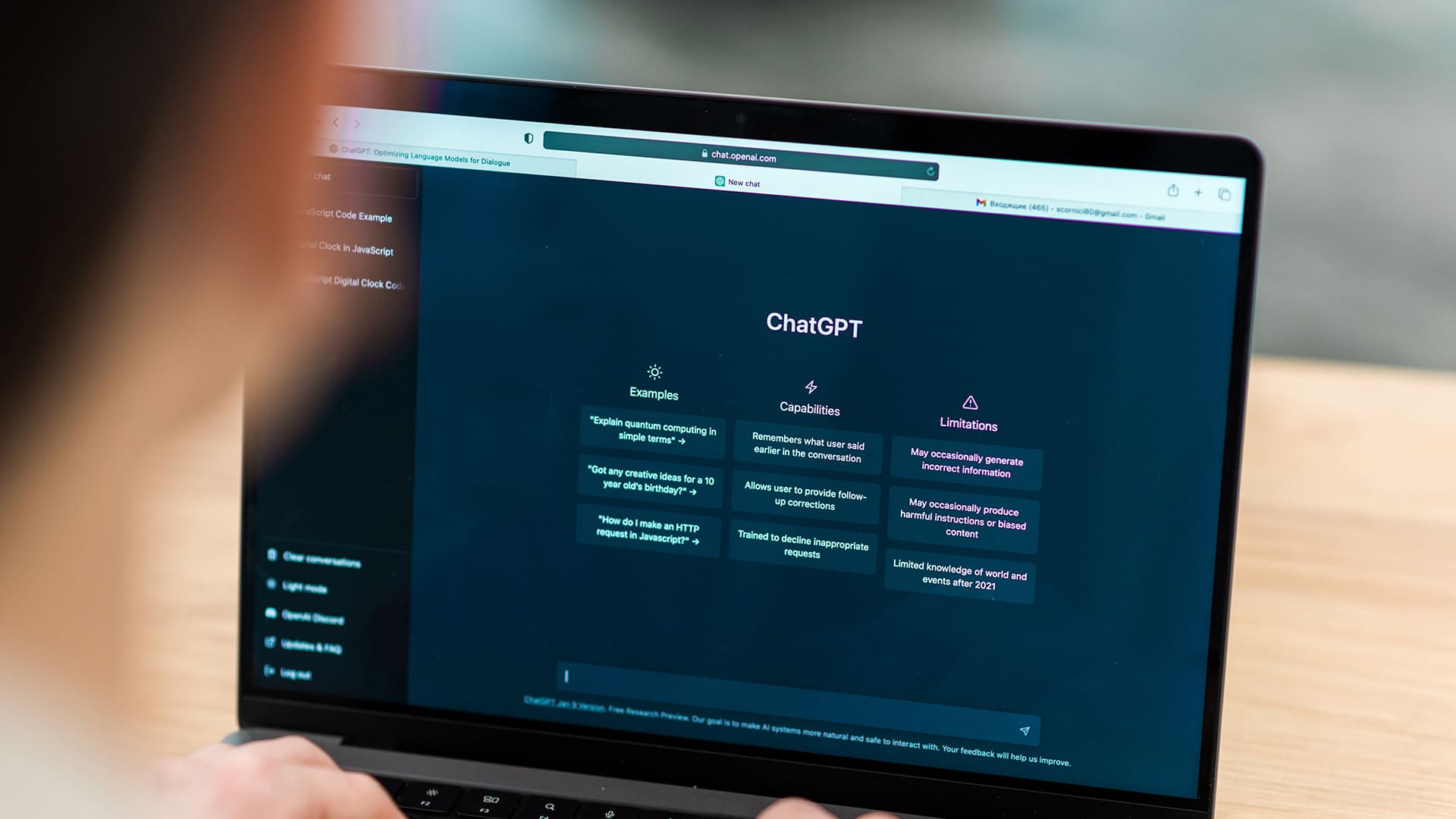By the time you read this, the coursebooks have been chosen, the schedule has been finalised and our students have started their journey of learning English with some of them hoping to succeed in their exams at the end of the academic year. But, without a doubt, our goal and hope as EFL teachers is for our students to be able to communicate successfully in English in real life long after the acquisition of their certificate and the lessons they had with us. So, is there a way that we can better highlight the links between classroom-based language learning and the demands of real-life tasks?
By Nancy Katsikari, Consultant SEE, LanguageCert, MSc in Management and Organisation of Educational Units, BA in English Language and Literature, DELTA, CELTA
It is believed that the use of authentic materials can help us answer this question and, in this article, we will explore the ways we can take advantage of authentic materials and resources to help students perform everyday real-life tasks, such as listening to a podcast or discussing a current event, using the English language.
What is considered an authentic material?
“For the purpose of the FL classroom, an authentic text, oral or written, is one whose primary intent is to communicate meaning […] such a text can be one which is written for native speakers of the language to be read by other native speakers […] or it may be a text intended for a language learner group. The relevant consideration here is not for whom it is written, but that there has been an authentic communicative objective in mind.” (Swaffar, 1985. p.17).
An authentic text can be anything from an article in a newspaper or a terms and conditions letter to the menu of a restaurant or a road sign. The list of the different types is endless, and their common characteristic is that they are aimed to be read by native speakers for a message to be conveyed. They are not created to function as educational materials, but they can prove to be a valuable educational tool when used appropriately by EFL teachers.
Benefits of incorporating authentic materials in the EFL context
• They can promote personalised teaching since the selection of the authentic materials used can be according to the students’ needs, interests and learning styles. For example, we can use pictures and signs for visual learners, songs and podcasts for auditory learners or choose an article about their favourite series/artist/hobby etc.
• They can give students the opportunity to talk about current events. Even though our coursebooks cover a wide range of topics and vocabulary, different things happen around the world every day that can initiate great classroom discussions and projects just by planning our lessons around a short video or a news article about them.
• They can help students get more accustomed to the different contexts the target language is used in as they can be exposed to different genres, different types of register and a variety of language usage. For instance, the vocabulary and the informal register used in a blog, or a social media account addressed to teenagers will be totally different from the jargon and the formal register used in an email or a news article.
• They can promote students’ independence and empowerment as learning can be self-directed. Students can choose the type of materials they would like to work with to complete a project or prepare a presentation.
• They can increase students’ motivation and self-confidence. Being able to understand the lyrics of a song or a short article in the target language is a great moment of satisfaction and pride for all language learners.
Incorporating authentic materials in the EFL context: Some ideas
| Authentic Materials | Task Ideas |
| Newspapers/Magazines/Websites | Prediction activity: After reading the headline of a text, we can ask students to predict what happens next. Any accompanying pictures can also be used. The higher the level of the students, the longer and more complex the texts can be. Skimming & scanning for information: We can set a time limit and ask students to scan the text for specific information (such as numbers, names etc.) or skim the text to answer initial questions that will help students get the gist of the text before dealing with any main reading tasks that might follow. Research and writing activity: We can have students research the story/the people/the background information of the article and write their own blog posts/essays/articles. Grammar transformation activity: Depending on the focus of our lesson we can have students rewrite the headline using different tenses/the passive voice/conditionals etc. |
| Films/TV shows/Videos/Podcasts | Prediction activity: We can play clips/parts/episodes and pause at certain points by asking students to predict what happens next, what people might do/say/think depending on the focus of the lesson (i.e., certain vocabulary or grammatical phenomena etc.) and either talk about it, write about it or both. ‘Be the commentator’ activity: We can play clips/parts/episodes on mute and ask students to be the commentators by encouraging them to change the storyline/the script/the register/the vocabulary & grammar used etc. We can also use this task in order for our students to practise their pronunciation and intonation. |
| Social Media Posts | Vocabulary activities: Students can look up unfamiliar words and/or paraphrase the post practising with synonyms, antonyms, and vocabulary we want them to focus on. ‘Changing the tone’ activity: Students can adapt the register of the posts, making them more informal or formal. Engaging with the posts: Students can write hypothetical replies to the posts by agreeing, disagreeing, or asking follow-up questions. Debates: We can organise in-class debates around the opinions expressed in the posts and have students practise with argumentation. This task is also very helpful when we want our students to deal with current events. |
Challenges and Considerations
While authentic materials have numerous advantages, it should be noted that there are some possible challenges that students and teachers may face, such as their complexity and potential lack of specific structure and the fact that their selection and the preparation of relevant lesson plans can pose time constraints. However, by choosing materials that are in alignment with our students’ interests and proficiency levels, by gradually introducing students to different types of materials and by using scaffolding and guided analysis techniques to reduce our students’ cognitive load, we can benefit from authentic materials. In this way, we can create dynamic and engaging learning environments that foster language proficiency and cultural competence among our students.
References:
Swaffar, Janet K., 1990. Reading Authentic Texts in a foreign language: A cognitive model. The Modern Language Journal Vol.69 no.1, p.15-34.
Further Reading List:
Ladousse, G. P. (2008). Bringing Authentic Materials into the Classroom. In J. Cenoz & N. H. Hornberger (Eds.), Encyclopedia of Language and Education (Vol. 9, pp. 2995-3006). Springer.
McCloskey, M. L. (1997). Using Authentic Materials to Develop Speaking Proficiency. ERIC Clearinghouse on Languages and Linguistics.
Richard-Amato, P. A. (1996). Teaching English with Authentic Materials. Prentice Hall.
Sherman, J. (2003). Using Authentic Video in the Language Classroom. Cambridge University Press.
Wichmann, A. (2005). Teaching with Authentic Materials: How to Bring Real English to the Classroom. Pearson Education.



